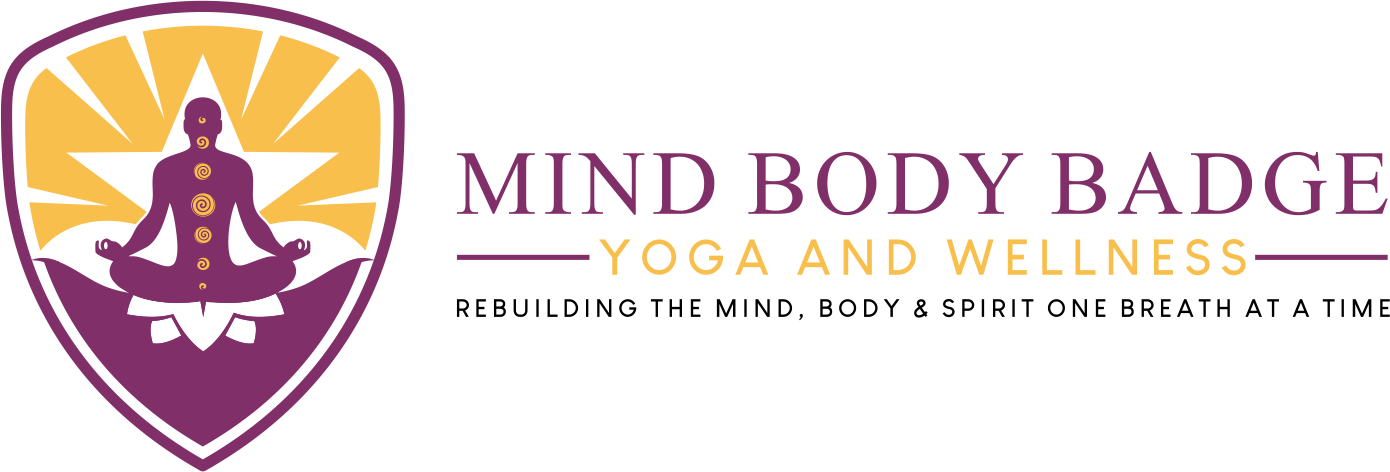QUIET THE MIND
"You can learn to quiet your mind and listen to the song of your soul." - Katrina Mayer.
In a previous post, we discussed creating a wellness plan that is the road map on the journey toward a more balanced life. In another blog entry, I related how breathwork could reduce stress and calm the nervous system. This week, we will explore the world of meditation (which incorporates breathing) to quiet the mind and bring focus to our world. Let's dive into the five categories of meditation offered by self-guided.com.
Image Source: Sage Friedman (Unsplash)
Concentration Meditation Techniques
According to Self-Guided, concentration meditation is the building block for all other types of meditation. Our minds are very active and can have scattered thoughts or chatter that block us from giving our full attention to a task. This technique asks the practitioner to focus on one object of meditation without distraction. For example, when beginning to develop your power of concentration, you can use your breath as the object of focus to which you return should your mind wander.
Mindfulness Meditation
Mindfulness meditation requires us to focus on whatever arises in our experiences. Suppose you have just taken the time to appreciate this world's natural beauty, stared into space, wondered how you got here or listened intently for the answer to your prayers. In that case, you have subtly practiced mindfulness meditation. Self-guided tells us, "The interplay between concentration and mindfulness meditation allows us to develop the capacity to examine and intuitively understand the deep forces within our ordinary experience" (2011). You are focusing on whatever comes to mind versus a chosen object of concentration.
Reflective Meditation
Reflective meditation asks us to choose a topic or theme, analyze it, and draw conclusions based on our thoughts. If you are searching for the meaning of life, death, or how to solve a problem, this technique will help you delve into these questions. The resolution to professional or personal issues surfaces during deep reflection. Once again, if your mind wanders, return to the subject at hand.
Creative Meditation
Creative meditation allows us, at the conscious level, to strengthen specific qualities about ourselves. For example, if one wants to develop more patience with his/herself, others, or the world around them, they need to walk the walk, talk and talk. The more we practice this virtue (from the mind's eye), the more it becomes part of our inner self and reflects outwardly. The key is to think, act, and speak as if you are patient; the rewards will be great.
Heart-Centered Meditation
Heart-Centered meditation teaches us to be kind, more empathetic, and forgiving. The practitioner must begin with themselves and then expand to the broader circle around them. This technique taps into the lessons learned from the previously mentioned forms of meditation to discover the true nature and reality of ourselves and the world around us.
Meditation takes patient practice, and you may have to begin in small doses. If you want to add this to your wellness toolbox, I encourage you to find other sources or workshops in your area.
As a prompt, I leave you with a video featuring the Zac Brown Band's song Quiet Your Mind. Until next time -
Namaste,
Tim
"Copyright Disclaimer Under Section 107 of the Copyright Act 1976, allowance is made for fair use for purposes such as criticism, comment, news reporting, teaching, scholarship, and research. Fair use is a use permitted by copyright statute that might otherwise be infringing. Non-profit, educational or personal use tips the balance in favor of fair use."
References
The Five Types of Meditation (2011). Self-guided.com. Retrieved from http://self-guided.com/types-of-meditation.html on 06/11/2023.

